
2
(i.e., the rotation axis in 3D and/or mirror axis in 2D).
We call the subspace spanned by k⊥at each given kkthe
reduced Brillouin zone (rBZ). Then, we consider tight-
binding Hamiltonians written in a basis {|φli(R)i} where
Rrepresents the unit cell coordinates, and i= 1,2, . . .
labels the orbitals with symmetry eigenvalues liin each
unit cell (i.e., eigenvalues of the rotation/mirror opera-
tor). We assume that all |φlii’s with different liin one
unit cell have their center localized on the same symme-
try axis, with respect to which the symmetry eigenvalues
are defined.
If a point in the rBZ remains invariant under a rota-
tion/mirror transformation up to a reciprocal lattice vec-
tor, we then call this point a high symmetry point and
denote it as Λ. At each high symmetry point, we define
the Berry phase of the Bloch bands in sector lalong the
direction of the symmetry axis as
γl(Λ) = Z2π
0
dkkX
n
ihul
n(kk,Λ)|∂kkul
n(kk,Λ)i,(1)
where ul
n(kk,Λ)is the n-th eigenband with ro-
tation/mirror eigenvalue lat k= (kk,Λ), and
ihul
n(kk,Λ)|∂kkul
n(kk,Λ)i ≡ Al(k) is the Berry connec-
tion, and nis summed over the whole Hilbert space, i.e.,
occupied and unoccupied states. The Berry phase γl(Λ)
has the physical meaning of polarization along the sym-
metry axis contributed by all states with momentum Λ
and symmetry eigenvalue l. We note that in this work
we always assume the Bloch Hamiltonian is periodic in
momentum space, i.e., H(k+G) = H(k) where Gis a
reciprocal lattice vector. For simplicity we also ignore the
internal structure of the unit cell, i.e., we assume all or-
bitals in one unit cell have the same position coordinates
within the unit cell, which we take to be the position ref-
erence point. More detailed discussions which relax this
assumption can be found in Ref. 2.
With γl(Λ) defined in Eq. (1), let us now discuss the
2π-quantized difference between γlat a pair of high sym-
metry points in the rBZ. We denote the set of sym-
metry eigenvalues of all occupied (unoccupied) bands
at Λas lv(Λ) (lc(Λ)). If the intersection of lv(Λ)
and lc(Λ) is empty, i.e., the mutually disjoint condition
lv(Λ)∩lc(Λ) = ∅is satisfied, then: (i) the Berry phase
γv(Λ) of all occupied bands at a high symmetry point
Λcan be expressed as γv(Λ) = Pl∈lvγl(Λ), and (ii)
γl(Λ)≡2πn with nan integer for any l. Point (i) is
obviously true, so let us now explain point (ii). At a high
symmetry point Λin the rBZ, the Bloch Hamiltonian
is block-diagonal. Each of its blocks, Hl(kk,Λ), can be
viewed as a 1D tight-binding Hamiltonian in the symme-
try sector labeled by l, i.e., the Hilbert space spanned by
all |φlii’s with li=l. The Berry phase of all Bloch bands
(i.e., both occupied and unoccupied Bloch bands) of such
a 1D tight-binding model is always an integer multiple of
2π, i.e., 2πn(Λ) where n(Λ) is the integer multiple at
Λ. This is because the Wannier orbitals constructed by
inverse-Fourier transforming all Bloch bands are just the
basis orbitals centered at the reference point up to an
integer number of lattice constants.
After establishing points (i) and (ii), we can conclude
that if at all Λ’s, the mutually disjoint condition is sat-
isfied, then the difference between two Berry phases at
a pair of high symmetry points, i.e., γv(Λ1)−γv(Λ2),
should be quantized to 2πm with man integer. Given
that the polarization along the symmetry axis should
change continuously from Λ1to Λ2in the rBZ, the
2πm quantization of γv(Λ1)−γv(Λ2) necessarily indi-
cates an RTP if the system has vanishing Chern num-
bers, as will be the case for delicate topology1. Explicitly,
the Berry phase difference indicates that mcharges are
pumped toward one direction along the symmetry axis
as we move from Λ1to Λ2, and they are then pumped
back when we complete the other half the loop in the
rBZ from Λ2to Λ1. In the following, we say the sys-
tem has an RTP malong the path Λ1→Λ2→Λ1if
γv(Λ1)−γv(Λ2)=2πm. The RTP is protected as long
as the bulk energy gap, the rotation/mirror symmetry,
and the Hilbert space restriction lv(Λ)∩lc(Λ) = ∅are
preserved. This kind of topology is delicate in the sense
that adding extra trivial bands (in either the occupied or
unoccupied subspaces) that make the intersection of lv
and lcat any Λnon-empty, can destabilize the RTP.
If we apply Stokes theorem we find
γv(Λ1)−γv(Λ2) = ZdkkZΛ2
Λ1
dk⊥Tr Ωv(k),(2)
where Ωv(k) is the Berry curvature in the occupied sub-
space, and the integral dk⊥is on a 1D path from Λ1
to Λ2.Similarly, we can also define the Berry phase
along the direction of the symmetry axis of all unoc-
cupied bands as γc(Λ) = Pl∈lcγl(Λ). We denote the
Berry curvature in the unoccupied subspace as Ωc(k).
For any Bloch Hamiltonian Tr Ωv(k) = −Tr Ωc(k), so
we can conclude that the RTP in the unoccupied sub-
space is opposite to that in occupied subspace, i.e.,
γv(Λ1)−γv(Λ2) = −(γc(Λ1)−γc(Λ2)).
We also recall that delicate TIs with nonzero RTP gen-
erate gapless boundary modes on a sharp boundary. A
sharp boundary means that the Hamiltonian of a system
with boundaries is almost the same as the corresponding
periodic Hamiltonian except that all hopping matrix el-
ements across the boundaries are turned off. Intuitively,
the bulk RTP implies that states with specific symmetry
eigenvalues protrude from the bulk at the boundary, and
these states must be “compensated” by surface states
with complementary symmetry eigenvalues to keep the
balance of states in different symmetry sectors in each
layer. These boundary states are gapless on only a sharp
boundary because the sharpness of the boundary con-
strains the energy of the surface states and forces them
1Remember that to discuss the delicate topology in a system, the
nontrivial Chern number is precluded by assumption.
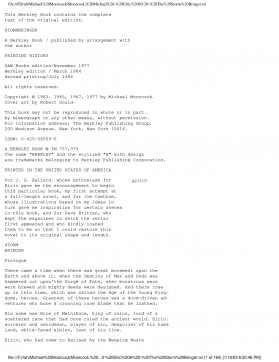
 2024-12-08 6
2024-12-08 6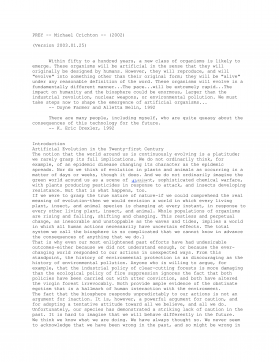
 2024-12-08 11
2024-12-08 11
 2024-12-08 7
2024-12-08 7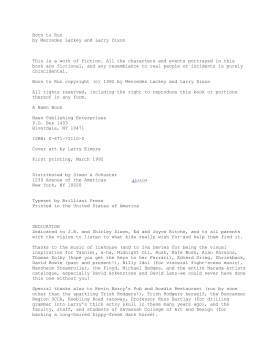
 2024-12-08 8
2024-12-08 8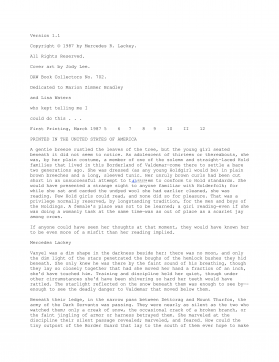
 2024-12-08 9
2024-12-08 9
 2024-12-08 14
2024-12-08 14
 2024-12-08 18
2024-12-08 18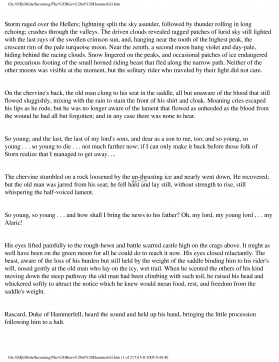
 2024-12-08 19
2024-12-08 19
 2024-12-08 15
2024-12-08 15
 2024-12-08 21
2024-12-08 21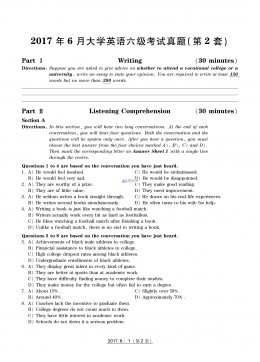
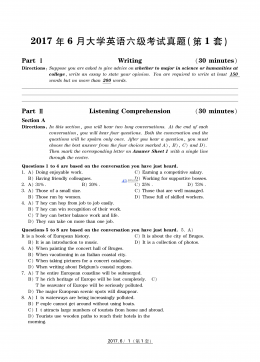
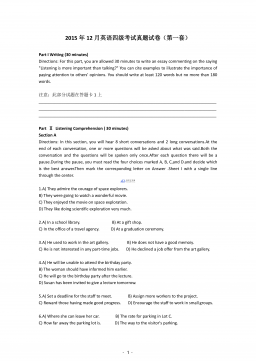

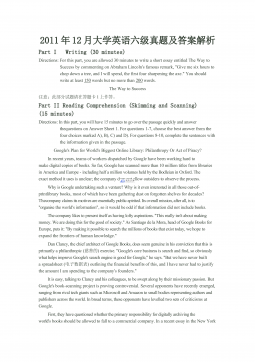


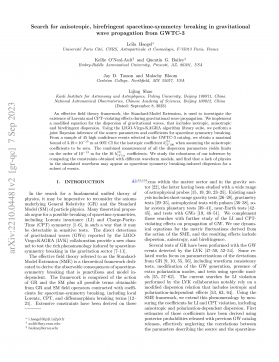
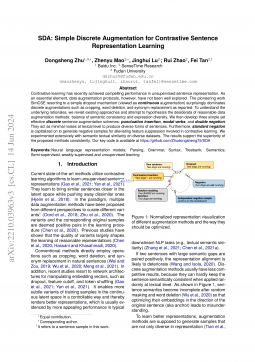
 渝公网安备50010702506394
渝公网安备50010702506394
